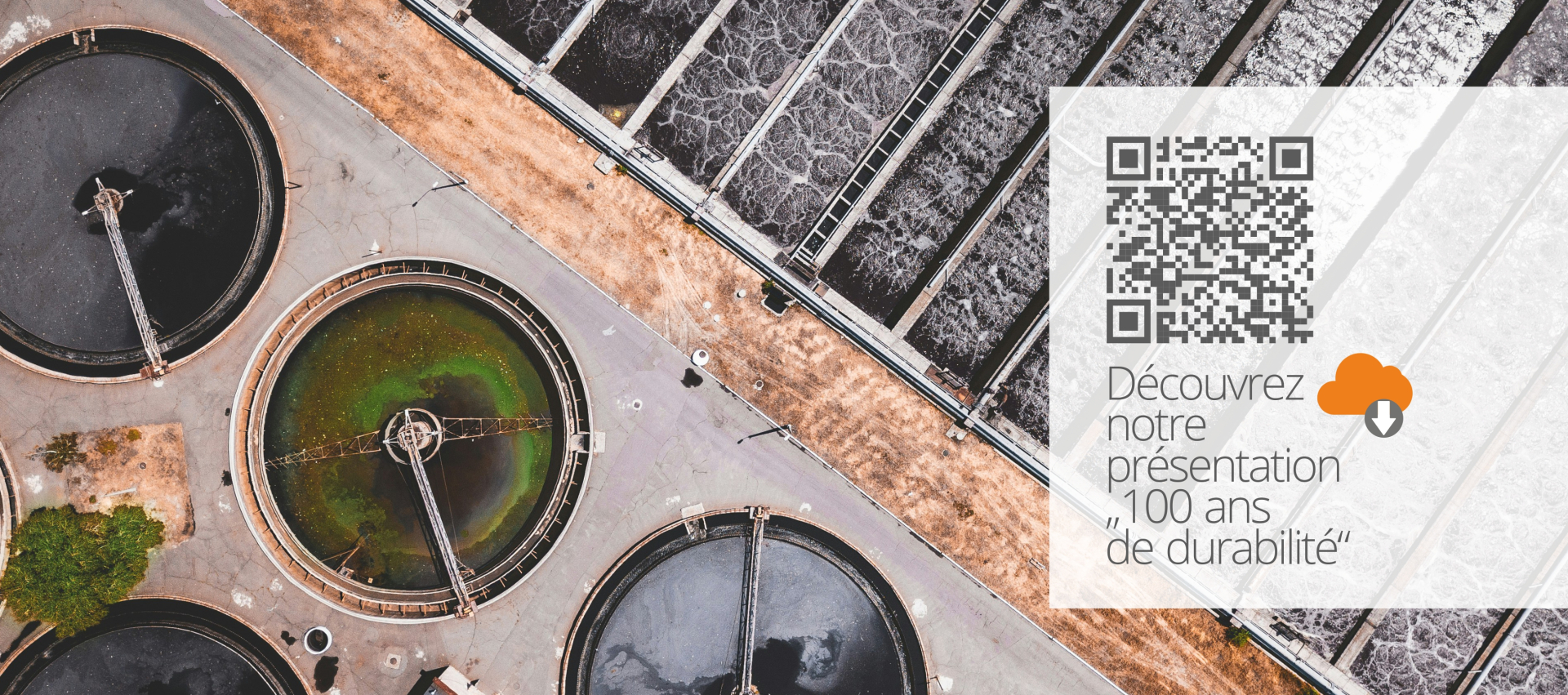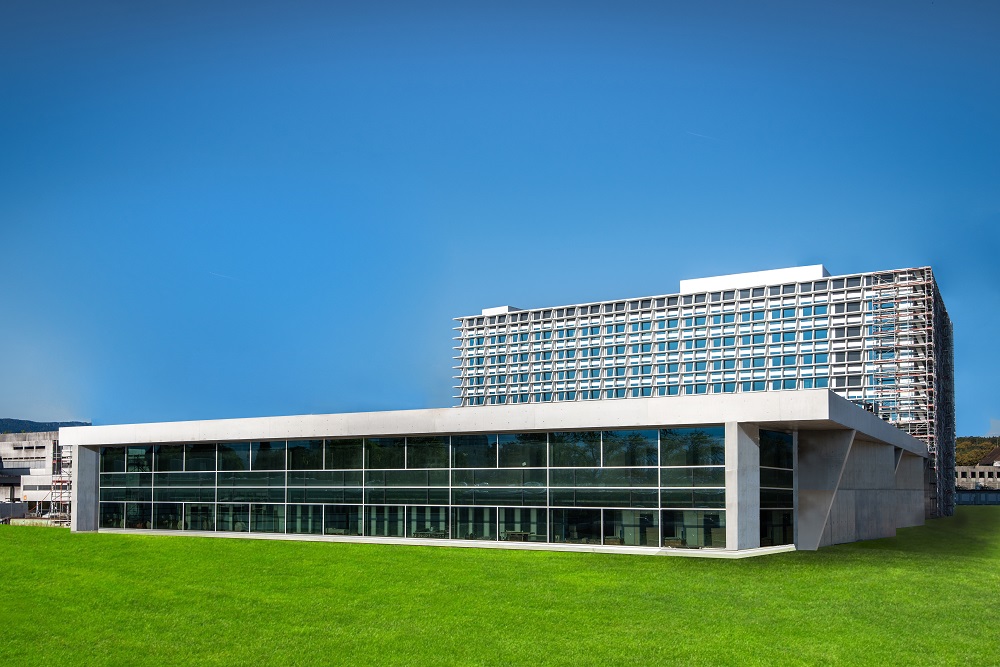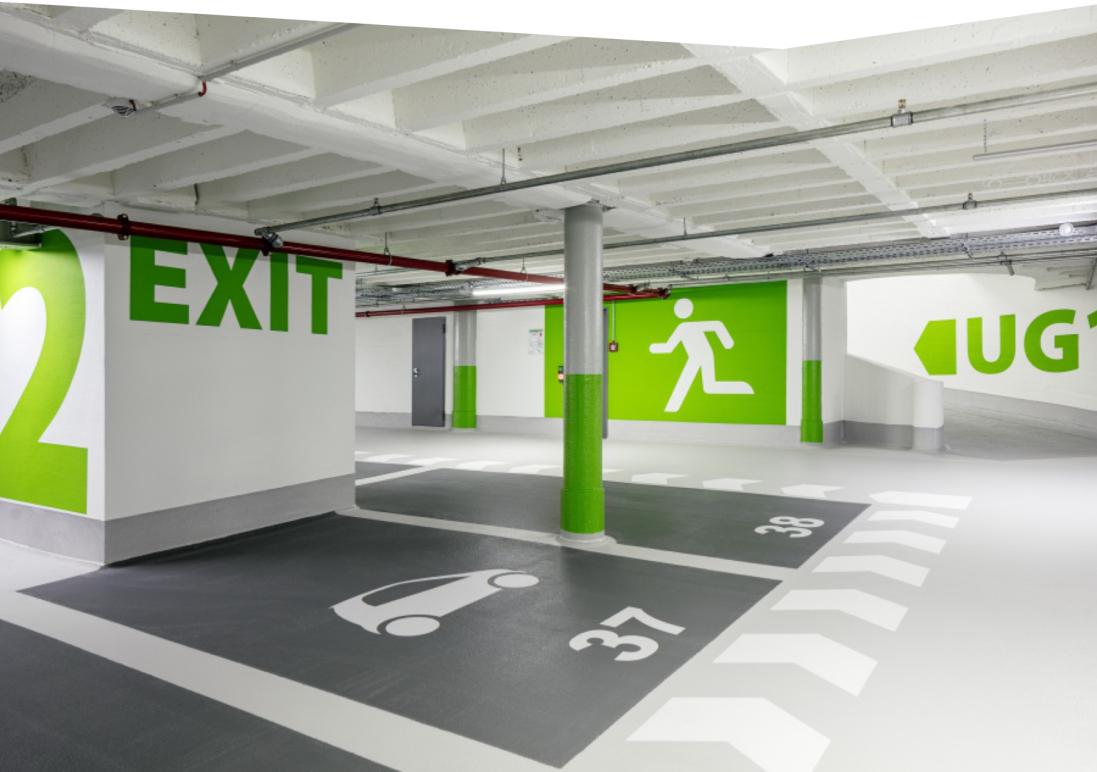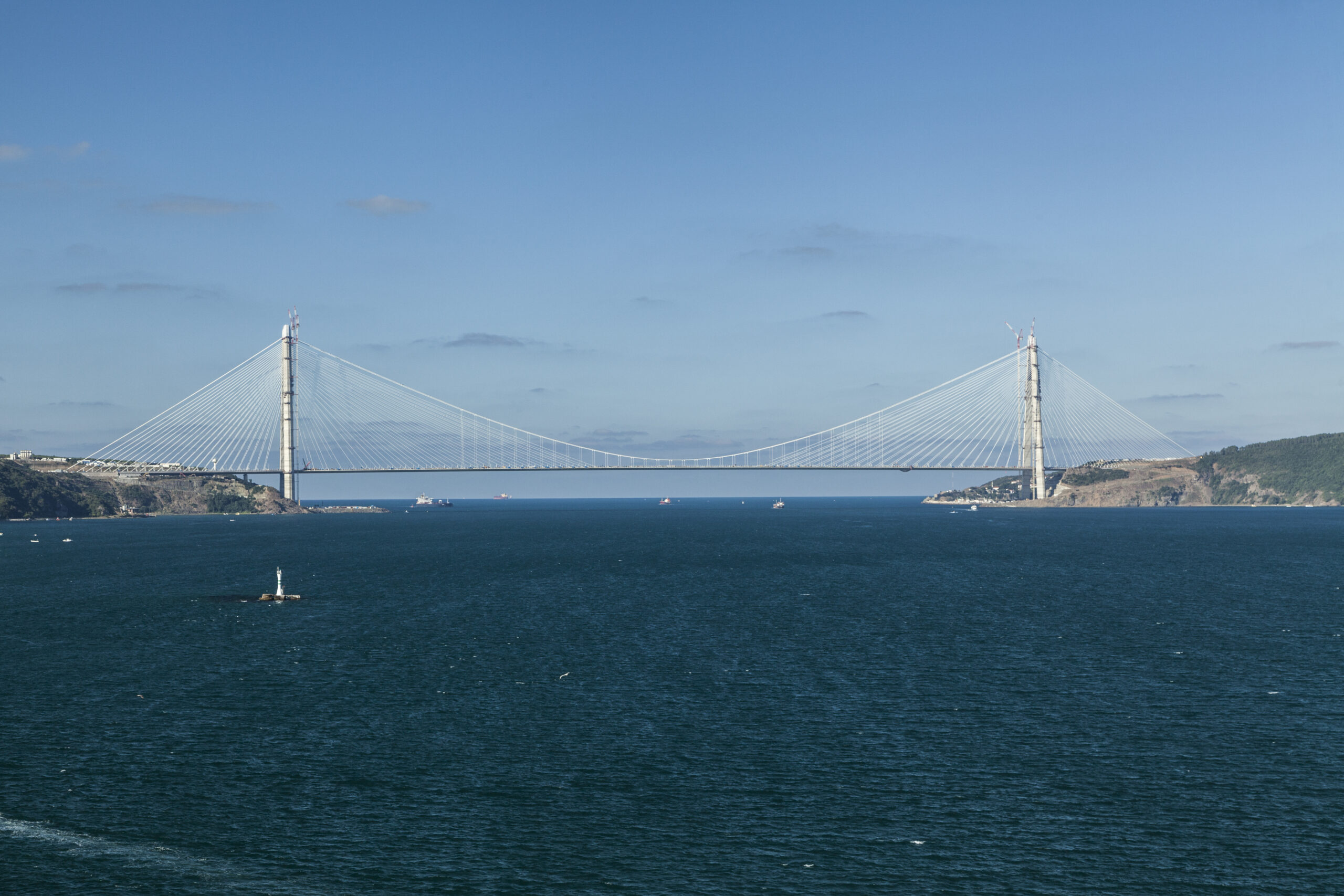
FLEX GRID AR glass
Tissu polyvalent, flexible et non corrosif
Le treillis en verre solidian FLEX GRID AR est un treillis de haute qualité fabriqué à partir de fibres de verre résistantes aux alcalis (AR), conçu pour fournir un renforcement fiable pour les projets de construction. Reconnu pour son excellente durabilité et sa résistance aux alcalis, ce treillis assure un soutien structurel durable dans les applications intérieures et extérieures.
Léger et facile à manipuler, le treillis en verre solidian FLEX GRID AR est idéal pour renforcer les murs, les façades et les sols, offrant un équilibre optimal entre résistance et flexibilité.
Product Features
- Résistant aux alcalis : maintient l'intégrité dans les environnements exposés au béton et à d'autres substances alcalines.
- Haute durabilité : conçu pour des performances durables dans les applications de construction.
- Léger et flexible : facile à transporter, à couper et à installer, s'adaptant parfaitement à différentes surfaces.
- Résistant à la corrosion : idéal pour les applications intérieures et extérieures, insensible à l'humidité ou aux variations de température.
- Haute résistance à la traction : fournit un renforcement solide pour une stabilité structurelle accrue.
Reference project
Product Applications
Renforcement polyvalent pour une gamme d'applications de construction
Le verre solidian FLEX GRID AR est idéal pour renforcer divers éléments de construction, offrant un support solide et durable dans de multiples applications. Les principales utilisations comprennent :
- Murs et cloisons : améliore la stabilité et la résistance aux fissures dans les murs de maçonnerie et de béton.
- Façades : fournit un renforcement fiable pour les façades, améliorant la durabilité et la résistance à l'exposition environnementale.
- Sols et chapes : renforce les sols et les chapes, assurant une meilleure répartition de la charge et une meilleure résistance aux fissures.
- Éléments préfabriqués : ajoute de la stabilité et de la durabilité au béton préfabriqué et à d'autres éléments de construction.
Ses propriétés de résistance aux alcalis le rendent particulièrement efficace dans les environnements exposés au béton, offrant des performances exceptionnelles dans les applications intérieures et extérieures.
- Amélioration des performances
- Manutention et logistique
- Conformité et compatibilité
- Application et installation
- Durabilité et résistance
- Durabilité et impact environnemental
- Is solidian GRID suitable for replacing corroded steel reinforcement?
- How does solidian GRID contribute to system durability when used with mortars?
- Can solidian GRID conform to curved surfaces during installation?
- How does the weight of solidian GRID affect transportation and installation?
- Is there an Environmental Product Declaration available for solidian GRID and solidian REBAR?
- Has solidian GRID received official building approvals?
- With which types of binders is solidian GRID compatible?
- Is solidian GRID approved for use in standard concrete applications?
- What is the minimum thickness required for concrete layers using solidian GRID?
- Can solidian GRID be used to reinforce existing concrete structures?
- What is the expected lifespan of solidian GRID in wastewater applications?
- How does solidian GRID perform in acidic environments?
- How does solidian GRID contribute to sustainable construction?
- Resource efficiency: By minimizing the need for extra concrete cover, solidian GRID conserves materials such as cement and aggregates, contributing to resource efficiency.
- Environmental Product Declarations (EPDs): solidian provides transparent data on the environmental impact of their products through EPDs, facilitating informed decision-making for sustainable building projects.
Solidian Kelteks - Reduced CO₂ emissions: The use of solidian GRID in construction can lead to significant reductions in CO₂ emissions due to decreased material usage and enhanced durability, which extends the lifespan of structures and reduces the need for repairs.
questions fréquemment posées
Yes, in cases where steel reinforcement has corroded, solidian GRID can serve as a substitute for structural reinforcement. The existing corroded steel can remain in place and be covered with a new layer of carbon-reinforced mortar, restoring structural integrity.
When combined with high-quality mortars, solidian GRID significantly enhances the overall durability of the system, providing a robust solution for demanding environments.
Yes, solidian GRID strikes a balance between stiffness and flexibility, allowing it to be applied to curved surfaces with diameters greater than 800mm.
The lightweight nature of solidian GRID facilitates easy transportation, even through sewage tunnels, and simplifies the installation process, reducing labor and equipment requirements.
Yes, a certified Environmental Product Declaration (EPD) is available for both solidian GRID and solidian REBAR. The EPD provides transparent and verified information about the environmental impact of these products throughout their life cycle, supporting sustainability assessments in construction projects.
Yes, solidian GRID has obtained the General Building Approval (abZ) from the German Institute for Building Technology (DIBt). This approval authorizes its use as carbon reinforcement grids in construction, ensuring compliance with national building standards.
solidian GRID is versatile and works with a range of binders, including Portland Cement, Calcium Aluminate Cements, and Geopolymer Cements.
solidian GRID holds German Approval as reinforcement for EN 206 concretes, supporting its compatibility with various mortar systems, including those adhering to DIN 19573.
Concrete layers reinforced with solidian GRID can be as thin as 20mm, as no additional concrete cover is needed to protect the reinforcement from corrosion.
Yes, solidian GRID can be applied as an additional layer over existing steel-reinforced concrete. When combined with solidian ANTICRACK, it offers enhanced crack-limiting properties, providing extra protection to the underlying steel reinforcement.
Classified under XWW4, solidian GRID ensures long-term performance for over 50 years, making it a durable choice for long-term infrastructure projects.
solidian GRID is fully resistant to severe acidic conditions, including environments with pH levels as low as 0. It has successfully passed tests in accordance with DIN 19573 standards for pH 0 and pH 1.
solidian GRID enables the design of thinner concrete layers (greater than 20mm) without requiring additional concrete cover for reinforcement protection. This reduction in material usage leads to lower resource consumption and a diminished environmental footprint, supporting more sustainable construction practices.
Additional information:





